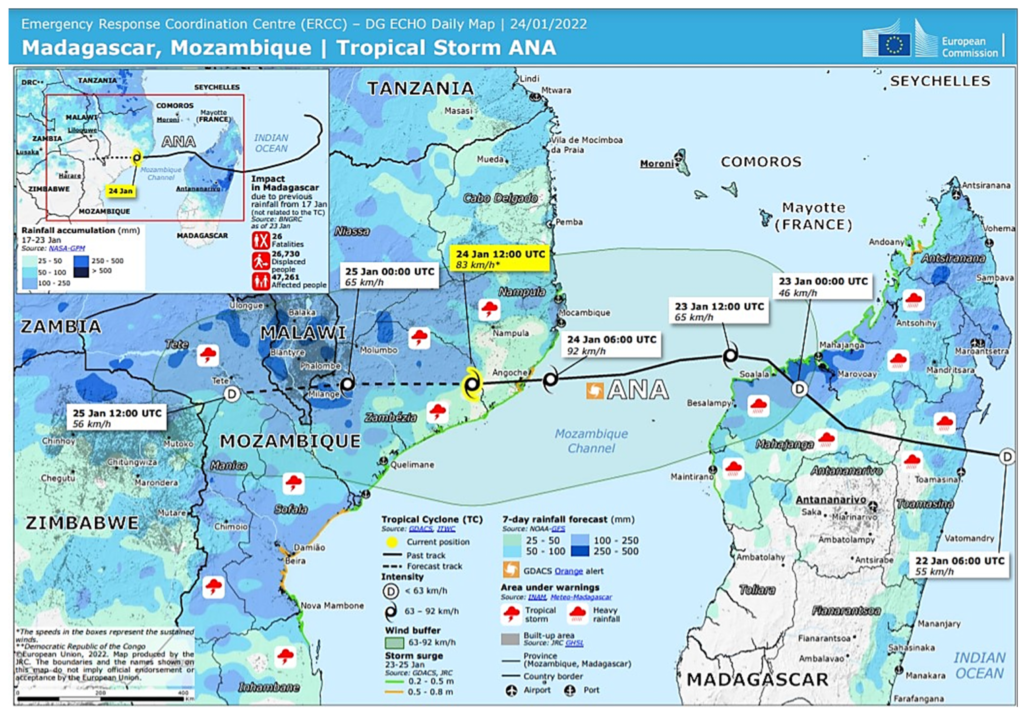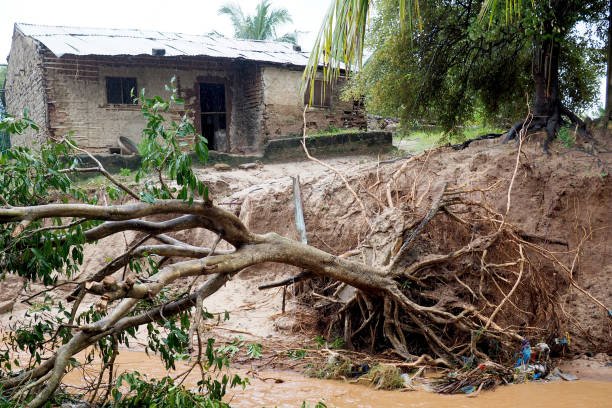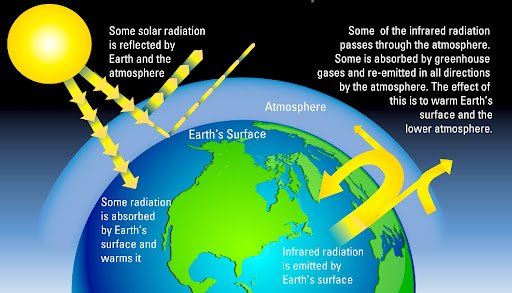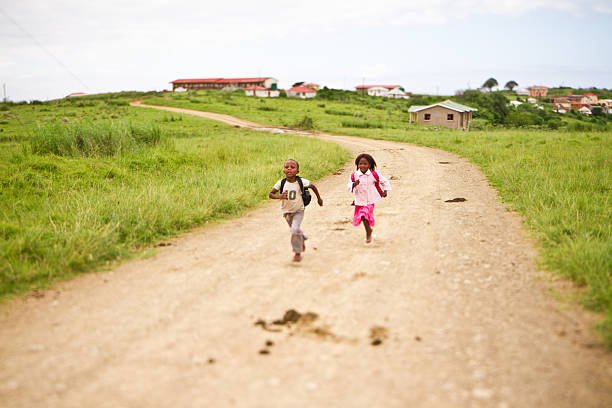Tropical Cyclone Ana, born over the vast expanse of the Indian Ocean on January 22nd, 2022, unleashed a destructive path as it moved westwards, traversing northern Madagascar, Mozambique, Malawi, Zambia, and Zimbabwe. This powerful weather phenomenon was marked by its heavy rainfall and strong winds, causing not only environmental damage but also significant human impact. Overflowing rivers led to widespread floods and landslides, resulting in a considerable loss of life and property. This article delves into the path of Tropical Cyclone Ana, exploring its effects on the various regions it affected, and the response from regional bodies and governments to address the crisis.
The Path of the Tropical Cyclone Ana: Satellite Image Map

On Tuesday, January 22nd, 2022, the tropical storm named Ana took shape over the Indian Ocean. It began to move westwards, passing over northern Madagascar, then crossing over to Mozambique, and subsequently reaching Malawi, Zambia, and Zimbabwe. The cyclone made landfall on the 24th of January, wreaking havoc in five countries.
ANA’s path was characterized by heavy rainfall and strong winds that caused rivers to overflow. The ensuing floods and landslides resulted in casualties and widespread damage over the entire northern area of Mozambique. Public infrastructure, including healthcare facilities and homes, were severely impacted, causing interruptions to basic services and healthcare deliveries to the affected people.
As of January 27, 2022, the disaster had displaced over 121,000 people across the provinces of Niassa, Nampula, Zambézia, Tete, Sofala, and Manica. Reports confirmed 20 deaths and 196 injuries. ANA made its initial landfall in Angoche district, Nampula province on 24th January, then continued westwards, significantly affecting Zambezia and Tete provinces.
In Madagascar, the storm claimed at least 48 lives, and 130,000 people were forced to seek refuge in temporary shelters. Malawi, too, suffered extensive damage to public infrastructure, including healthcare facilities and homes, resulting in interruptions to basic services and healthcare deliveries. The disaster displaced 49,214 people, including those living with disabilities, women, and children. 107 people were hospitalized with serious injuries, and 11 deaths were reported. A nationwide power cut added to the crisis, and some regions were declared disaster zones.
In response, the Government of Malawi declared a state of emergency in the affected region and called for a humanitarian response to manage the crisis. Zimbabwe and Zambia, while battered by the torrential rainfalls, floods, and strong winds of Tropical Storm Ana, suffered comparatively less damage.
By January 28, 2022, a total of 77 fatalities and over 300,000 displaced people had been reported. The aftermath of the disaster has raised concerns about water hygiene and sanitation-related diseases such as cholera and typhoid. The ongoing COVID-19 pandemic coupled with the destruction of health infrastructure has further limited access to essential health services, such as immunization and other clinical services. This situation presents a high potential risk for additional health consequences, including increased mortalities.
The African Union Commission (AUC) is closely monitoring the situation. The Africa Centres for Disease Control and Prevention (Africa CDC) has held an emergency meeting with the Africa CDC Southern and Eastern Africa Regional Collaborating Centres (RCCs) to assess the situation and plan immediate next steps. The AUC and Africa CDC are preparing to deploy technical assistance from the Headquarter and the RCCs and will continue to work with the governments of the affected countries to provide more emergency response support, supplies, and equipment as needed. Africa CDC is also coordinating with all partners to align emergency response activities across the region.






